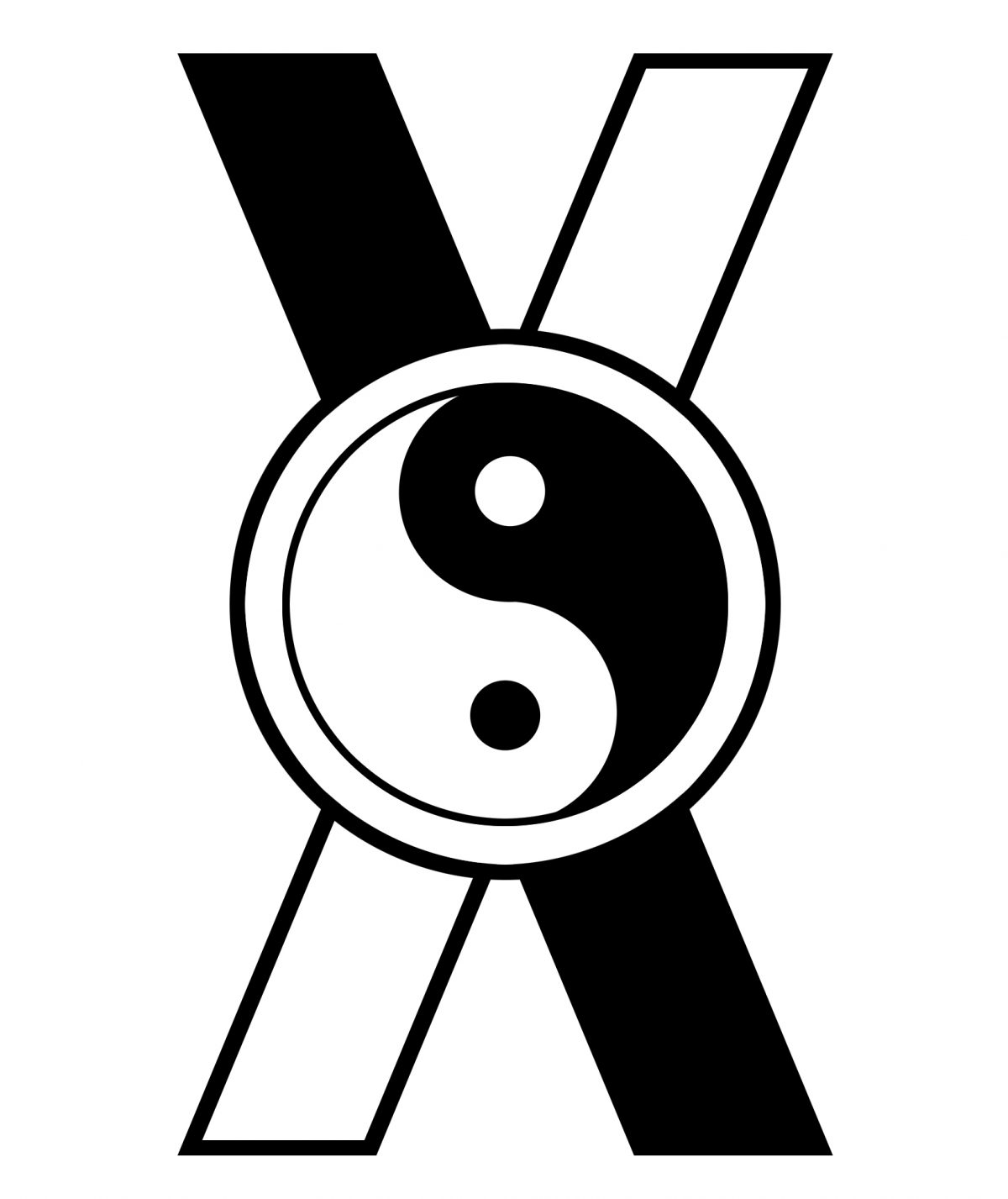Recently I saw a certain member of a religious group refer to non-religious people as a social burden. I won’t name names, but the man says he’s Catholic. He belongs to a league of similar followers. Figure it out yourself.
Anyway, this culty creep’s opinion is actually very revealing. He states people who are not religious – and his form of religion – are a burden. He’s pretty damn close to the Nazi idea of “useless eater,” which tells me he’s not just awful, he’s probably afraid of demographic changes towards the non-religious in America. He wants to classify people not like him as a burden, as “not useful.”
Well, not useful to him, because a lot of religious organizations are just about turning people into tools so the bigwigs end up in power. Calling someone “useless” or a “burden” says outright that people should be “useful” to others, like a tool. It also is close enough to saying “non-useful” people should be eliminated.
This reminds me of Taoist tales of trees, and why “usefulness” is highly overrated. In Taoist lore I’ve encountered multiple tales of trees that are relevant to how people view each other. Let’s go into the two I’m familiar with, both of which I encountered in some form in the Chuang Tzu but have heard other variants.
First up is the tale of a carpenter and his apprentice. Seeing a tree, the carpenter comments how absolutely useless the tree is to he, the carpenter, so twisted and knotted and so on he couldn’t do anything with it. After they returned home, the spirit of the tree came to the carpenter and notes that it grew to be so old just because it was useless. The carpenter told his apprentice the experience.
I love this story because it notes that being useful means people may not just use you but use you up – but being useless may mean you live long.
The second tale involves a weird tree which is also useless due to it’s wood (sometimes it has giant useless leaves or huge but foul and inedible nuts). However one of the characters notes that the tree is actually quite useful – you plant it and you get lots of shade. Other stories may include parts of the tree – the weird leaves make great umbrellas, or the nut shells are big enough to use as a small boat.
I like this story because it notes that sometimes just leaving something alone may let you enjoy it as well. The tree is “useful” because you don’t try to use it.
These are great stories because they make you ask what is the use of usefulness? If it kills you off, what good is it? If just being is good, you’re valued but not used. We’d all be better off appreciating whats there (and less likely to destroy it).
I’m all for social cohesion and social responsibility. But turning people into tools, trying to constantly rank who’s “useful” means no cohesion, no responsibility, and eventually no society. We need to appreciate uselessness.
It also disarms people like the aforementioned bigots. It reminds us when someone starts talking how “useless” people are, how they’re “a burden” they’re not caring about people. They want us to be their tools.
Also, they’re assholes.
